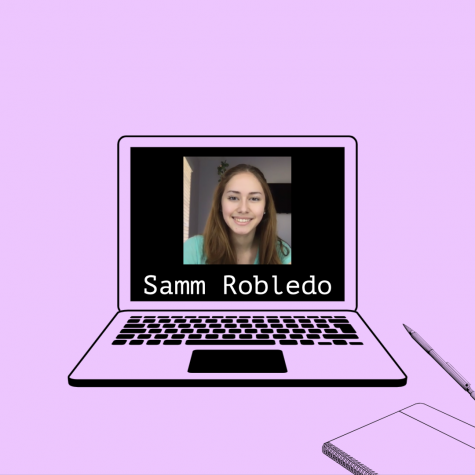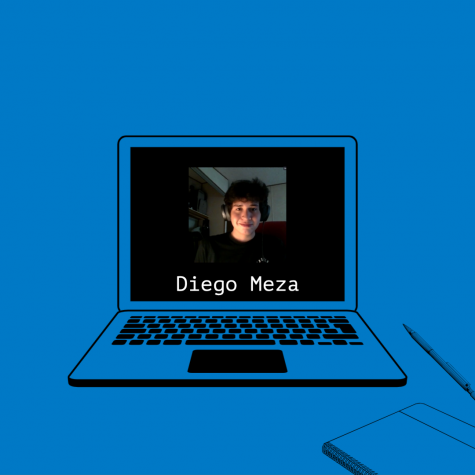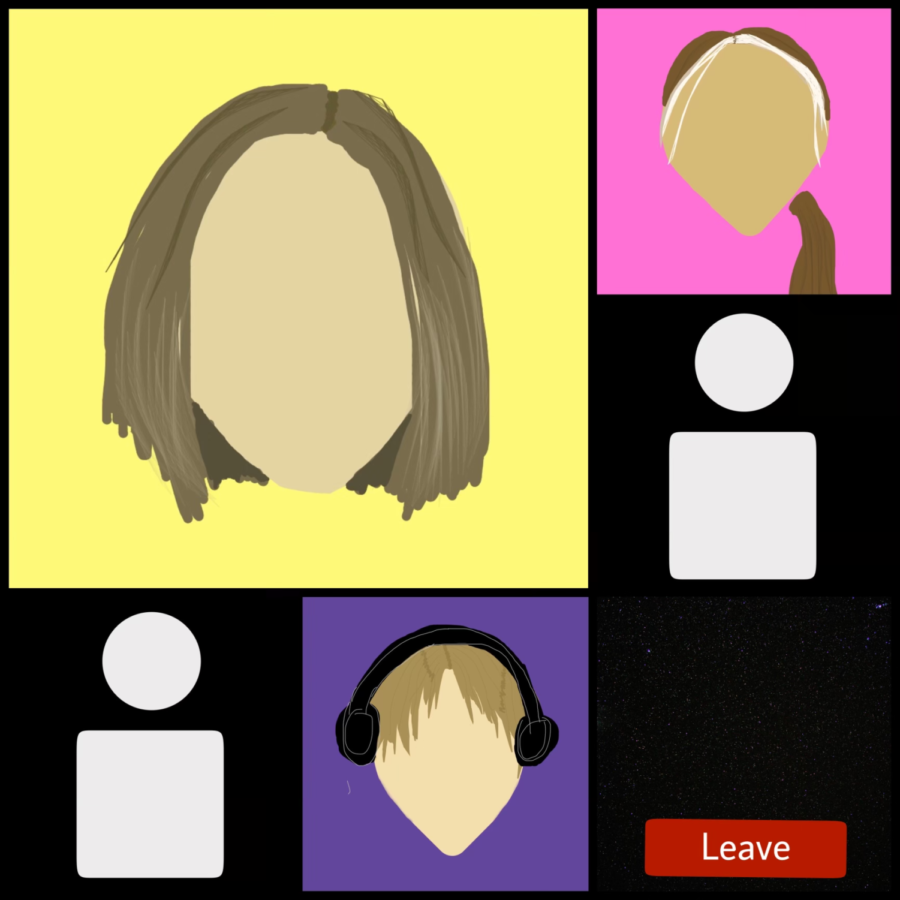Meeting IEP goals during distance learning
More than a year ago in the spring semester, you would have been able to hear the bustling chatter and clickity-clack of students’ shoes as they walked past one another to attend their next class, the teachers who so passionately taught their subject, and the vibrant cheers of the late after school games.
The pandemic undoubtedly affected everyone in one way or another. The general student body has been mainly prioritized and spoken of in many reports during distance learning. Meanwhile, IEP students, a minority group of students, have also been greatly impacted but have not been covered.
IEP, which stands for Individualized Educational Program (or Plan), focuses on students who have a disability through a plan or program to ensure that the student has their needs met. In-person teaching was the most efficient way of communicating, but since distance learning began, teachers have adjusted to the situation and ran with it efficiently with the help of programs provided by Desert Sands Unified School District, and some patience.
There are different levels and classes of IEP, which require a variety of approaches. For example, Amy Alexander, a social studies teacher at La Quinta High School who teaches higher functioning students, said some of the weaknesses her students go through include dyslexia (vision difficulty), an auditory processing deficit (hearing difficulty), and direct instruction.
If you’re doing your best and you’ve done all these things and you still get an F, then that doesn’t prove what you’re worth. The grade isn’t what really matters. It’s all personal. If you are doing your best, that’s all that counts.
— Amy Alexander
In other words, an IEP is a written legal document that must be carried out; it lays out the supports and services that students need to succeed in school.
Students with mild conditions have class periods that meet the A-G requirements. The only difference from the mainstream student is that they have a specialized learning plan for any of the additional struggles listed above. This way, these students can work at a pace that works for them and where their needs are being attended.
“The general teacher is programmed to do high level of learning and get all these kids, the majority of kids and push them up, keep pushing them,” said Alexander, “but when you do that, you lose this population down at the bottom, who hasn’t gotten at the top. The general teaching strategy doesn’t think about the kids at the bottom and that’s a huge problem.”
She mentions that students can only work so hard in keeping up with these fast-paced curriculums, but distance learning enhanced her ability to reach out and understand her students’ needs.
Alexander said, “If you’re doing your best and you’ve done all these things and you still get an F, then that doesn’t prove what you’re worth. The grade isn’t what really matters. It’s all personal. If you are doing your best, that’s all that counts.”
Her students also spoke out about how this is not the case with every teacher, where some of them are not willing to adjust to their pace. Others said they have had struggles getting into distance learning considering living situations, but appreciate the resources given to them.
One of the students, Kyle Chicoine-Dea ‘23 described their experience with online learning.
“This year, it’s so hard because there’s miscommunication and the teachers just go on and on,” they said. “When you ask for help they don’t respond—my self-discipline has never been good—it’s really hard for me to do my classwork while class is going on.”
Hector Diaz ‘23 described what motivates him for school through these difficult times.
“My brothers [motivate me] because they are doing something big by helping our country right now,” said Diaz. “Both of them are in the military right now and they have you do multiple exams, so I’m always calling them for help with my classes.”
On the other hand, Julie Klein, one of the special education teachers who teaches moderate to severe students, stated that her students are doing quite exceptional in their classes, especially with the help of their parents.
She noted that each student has a different need and goes at their own pace, most of them taking classes without the assistance of their parents. She is very grateful for the school’s progress in including these students in such a big change as they provide more resources for learning and adjustments in the curriculum.
Students with moderate to severe struggles do not have a grading system, so their expectations in distance learning are to improve at their own pace in a home environment.
“It’s always a different experience of teaching with each and every one of my students because all of them have their own specialized plan,” said Klein.
Life is about adaptation. It has to be positive because there’s no other choice.
— Amy Alexander
Some of the programs that Klein’s students use that help them are to count money and teach about the necessity of life at home.
One of Klein’s students, Leslie Lopez ‘24, shared her experience with transitioning to distance learning, especially as a freshman.
Some of the biggest struggles for Lopez have been getting access to Zoom links and accessing Google Classroom files. Other than that, if any issues were to occur, her distance learning experience has been very successful thanks to the help of her mother.
Leslie notes that through her IEP, she has been learning math, most specifically learning how currency works and how she is familiarizing herself with American Sign Language.
“Change is hard and it takes a little bit of extra effort and I think, in the end, you have to look at the long term. The long term is good for everybody and it requires flexibility and people who we’ve never spoken to,” said Alexander. “Life is about adaptation. It has to be positive because there’s no other choice.”
With the introduction of hybrid, students are utilizing the same tools and lessons but with the option to ask for in-person help. The most important part of their learning journey has been communication, which can be difficult under such circumstances.
It is common for students in a special education system to be overlooked, but the staff at La Quinta High has proven to recognize their current needs and students have also proven to advocate for themselves as well.




Susan Kennedy ♦ Dec 21, 2021 at 7:38 am
What interesting ways to teach students at all levels at their own specific and special individual ones!! It seems to me to be an outstanding step towards truly including every young person in their own education, life and future.
Congratulations to all who have been involved and succeeded so well.
Thanks Jennifer and the fine members of her Journalism classes for creating this fascinating new HAWKVIEW edition.
Ms. Suzannah Kennedy
X0X0